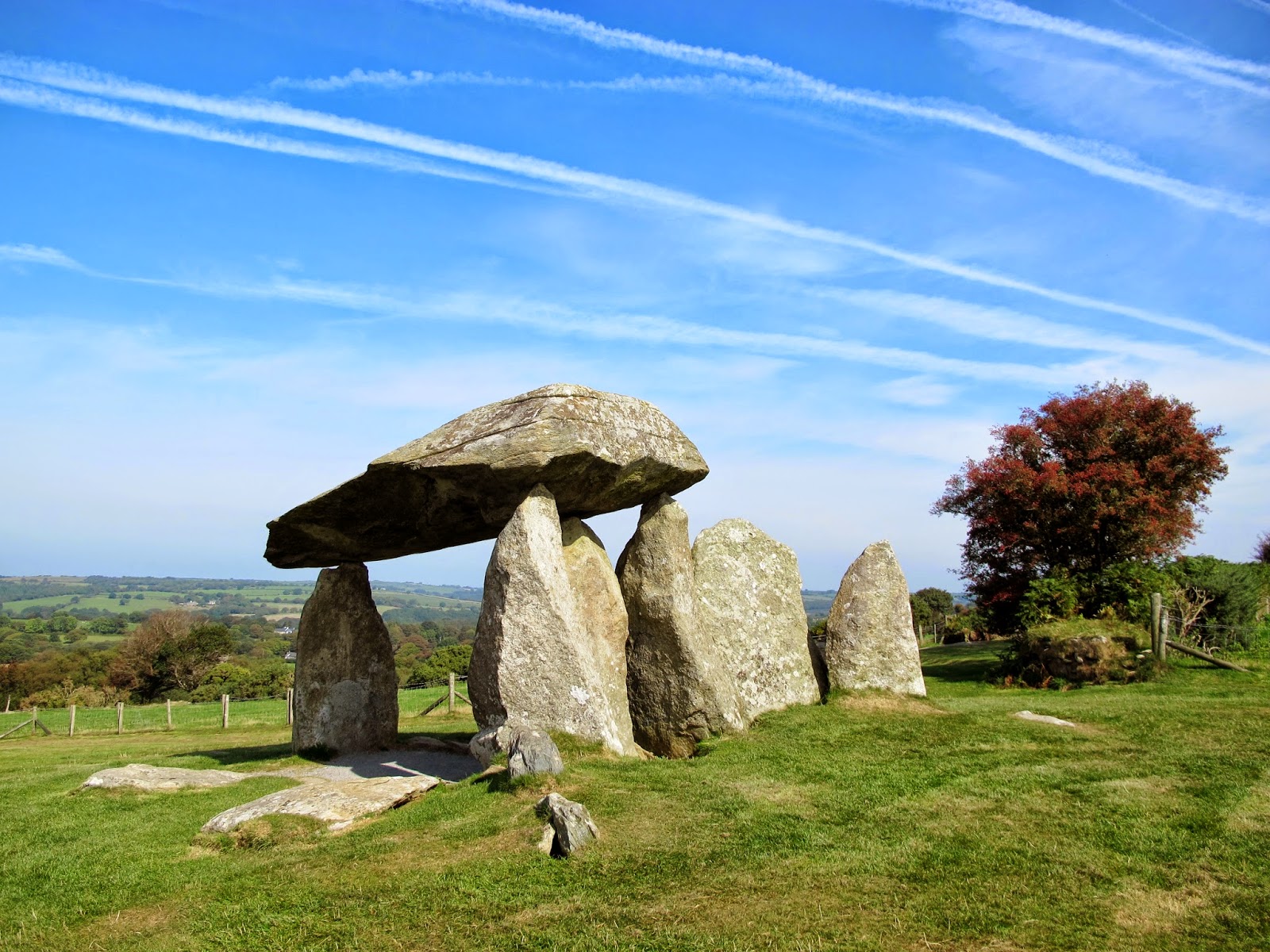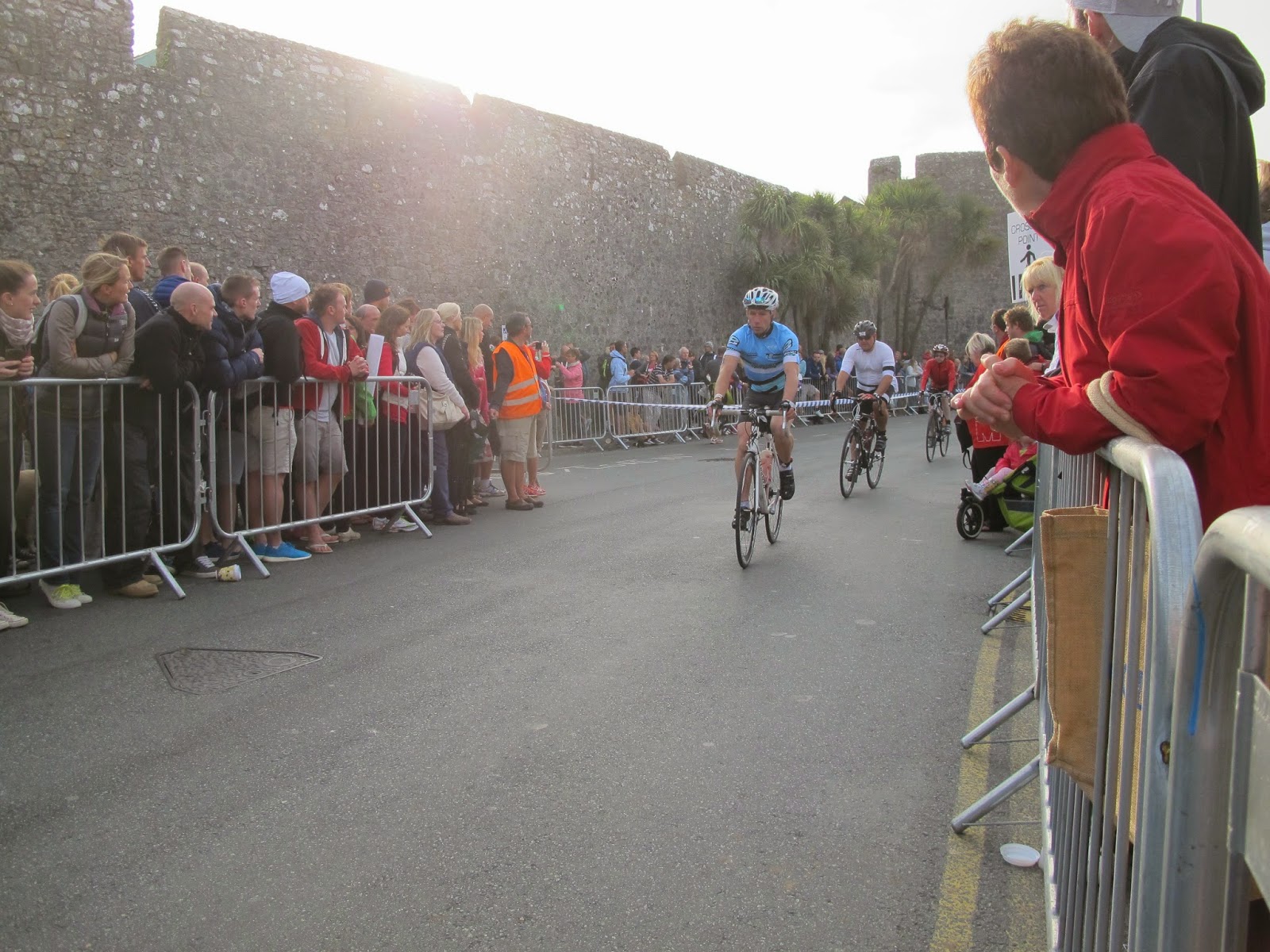You
have a drastic new hairdo planned for your move to Australia, the consultation
has been had, the appointment is made… …and then you get a phone call from your
brother, saying that he has to take some annual leave so he’s booked a few days
off for you to hang out together in the Great Outdoors… What do you do?
A
quick phone call and the appointment is cancelled, and you book your train
tickets to Swansea where you will meet your brother. No contest.
The
original plan was to involve some rock climbing, but the weather is too damp
for that, with rain forecast. I vote for us to head out in my brother’s canoe –
a wedding present for him and his wife from their gift list, how cool? – but
for some reason this doesn’t happen and we head for the hills instead.
Driving
to Brecon Beacons National Park, the particular hill we are aiming for is the
highest in South Wales and indeed southern Britain, Pen-y-Fan (pronounced Pen-e-Van
– in Welsh, ‘f’ represents an English ‘v’ sound, while ‘ff’ is equivalent to
the English ‘f’). At 886m, this is no giant, but it’s still a good walk and is
often used by the British Army, including their Special Forces, for fitness and
navigation training.
Today
the weather is pretty gloomy and misty, but we are following a clearly defined
track and my brother walks up here regularly. It is very peaceful, being a work
day with less-than-great weather there are few other walkers around. I struggle
to keep up conversation with my brother as we walk, and it’s only when we whizz
past some other walkers that I realise how fast a pace my brother is setting. This
pace must be the reason we’re feeling fine in shorts and t-shirt, while other
walkers look more appropriately attired for the weather.
 |
| The track, and a walker in Gortex |
Following
this track, we also pass over Corn Du, the second highest point in the Brecon
Beacons. We walk over the saddle between the two high points, with Pen-y-Fan shrouded in mist ahead of us.
Then we are soon at the top of Pen-y-Fan. Pen-y-Fan has a relatively
large plateau for a summit, and it is worth looking for the rippled rocks on
this plateau. These rocks are fossilised sea bed, from when the highest point
in southern Britain was once underwater, and you can see the exact same pattern
as you notice at the beach in firm sand when the tide is going out. Amazing.
Atop
this plateau is a cairn, supporting a summit plaque. I hadn’t known at the
time, but apparently this cairn had been a burial chamber in the Bronze Age. If
I had known, I would have a) got a better photo of the cairn, and more
importantly b) not posed on it for a photo. Having put the summit plaque on top
of the cairn though, this is a natural place for walkers to pose and there was
even a queue for the photo-op when we were there. It must get really busy there
on a popular day.
We
don’t hang around for too long at the top, there are no great vistas to take in
thanks to the mist, and besides, my brother has a tip for a real ale pub he
wants to find: the Ancient Briton.
We
reverse our route for a little way before turning off to vary our route back, following a path down the grassy valley side and back towards the road.
Once
back at the car, we set off for a late lunch and some real ale sampling. This has
been an excellent day, although perhaps not the best preparation for my evening’s
plans of going to a bootcamp fitness class with my sister-in-law!
More
walking is on the program for the next day, this time heading to the Gower
Peninsula and Worm’s Head. This head belongs not to a little wiggly worm, but
rather a big fierce Dragon, or ‘Wurm’ in the Viking invaders ancient language.
This
is the most westerly tip of the Gower, and is a strip of land at low tide,
while it’s a string of small islands when the tide is high. This means that
walking here is only safe a couple of hours either side of low tide. At least if
you do get cut off from your return, you can wait it out on one of those tiny
islands for the next low tide.
We
set off from the village of Rhossili, along a well-maintained level path to the
old Coastguard lookout.
Then we simply pick our own route across the uneven
rocks of the causeway.
We walk to the top of the inner head, which is the first higher ground we come to, and is therefore the first island when the tide comes in.
It's a little steep, but not very high and it gives us
some great views of the interesting routes we've just taken and that lie just ahead.
We continue on to follow a mixture of dirt tracks and rocky
scrambles to get out across the Devil’s Bridge (the rock bridge just visible in the picture above) and to the outer head. You aren't permitted to go right to the end during the sea bird breeding season, but we are there after the season's end so are free to carry on.
This
is a great place for wildlife, and we watch the aerial acrobatic antics of a peregrine
falcon; watch a swooping cloud of choughs, the UK’s once-rare coastal members
of the crow family, that now seem to be making a comeback; and get watched by a
cute and curious seal. I do love seals.
Today’s
weather is in stark contrast to yesterday, so out at the outer head we stay a while
to enjoy the sunshine. We eat our snacks and watch the wildlife, chat about the
future, and only reluctantly drag ourselves away from this peaceful place to
make the return journey across the rocky causeways.
Heading back, the view is fantastic and I can't help wishing that I had longer to spend in South Wales, and that I had made more of my time in the years preceding. But Australia beckons, and I leave in less than a week.
Information:
Our
route up Pen-y-Fan was pretty much this one: http://www.nationaltrust.org.uk/article-1356405780951/
Information for walking Worm's Head is here: http://www.explore-gower.co.uk/explore/gower-landmarks/gower-geology/worm-s-head


























































